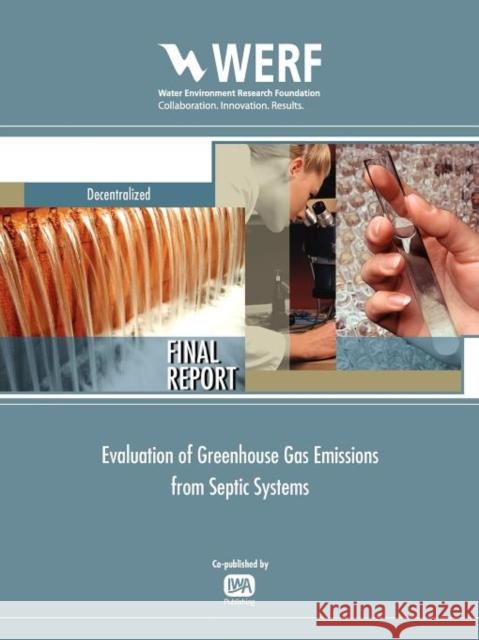Evaluation of GHG Emissions from Septic Systems » książka
Evaluation of GHG Emissions from Septic Systems
ISBN-13: 9781843396161 / Angielski / Miękka / 2011 / 124 str.
The emission rates of greenhouse gases (GHGs) from individual onsite septic systems used for the management of domestic wastewater were determined in this study. A static flux chamber method was used to determine the emission rates of methane, carbon dioxide, and nitrous oxide gases from eight septic tanks and two soil dispersal systems. A technique developed for the measurement of gas flow and concentration at clean-out ports was used to determine the mass flow of gases moving through the household drainage and vent system. There was general agreement in the methane emission rates for the flux chamber and vent system methods. Several sources of variability in the emission rates were also identified. The septic tank was the primary source of methane, whereas the soil dispersal system was the principal source of carbon dioxide and nitrous oxide emissions. Methane concentrations from the soil dispersal system were found to be near ambient concentrations, similarly negligible amounts of nitrous oxide were found in the septic tank. All emissions originating in the soil dispersal system were discharged through the building vent as a result of natural, wind-induced flow. The gaseous emission rate data were determined to be geometrically distributed. The geometric mean and standard deviation (sg) of the total atmospheric emission rates for methane, carbon dioxide, and nitrous oxide based on samples from the vent system were estimated to be 10.7 (sg = 1.65), 335 (sg = 2.13), and 0.20 (sg = 3.62) g/capita-d, respectively. The corresponding total anthropogenic CO2 equivalence (CO2e) of the GHG emissions to the atmosphere, is about 0.1 tonne CO2e/capita-yr.











